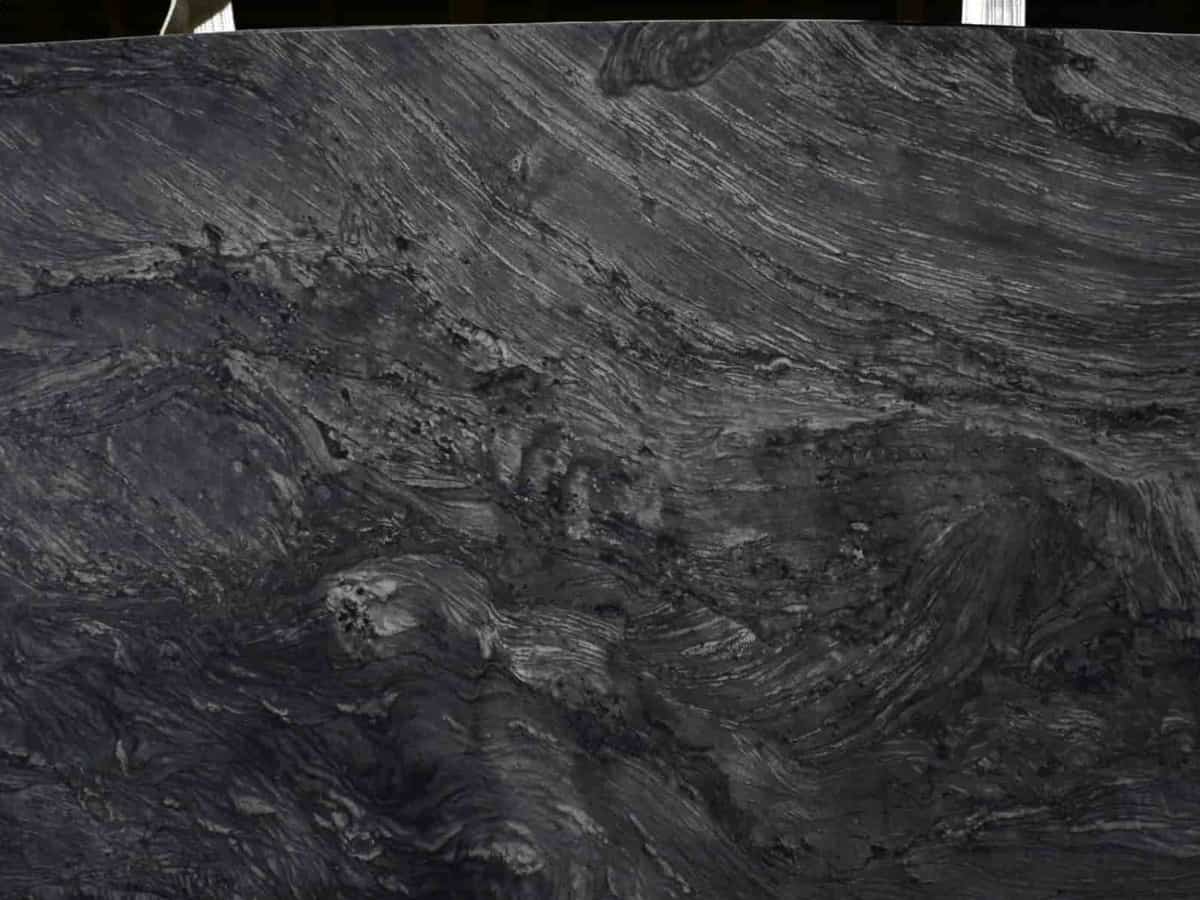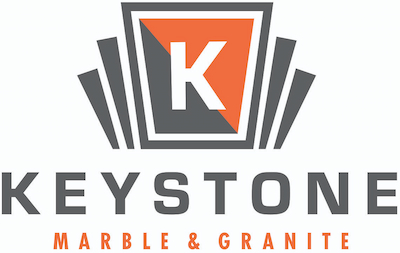As quartz is one of the most popular choices for home improvement projects such as countertops and backsplashes, you might wonder what other quartz applications and uses are. Quartz is one of the most versatile materials, and it is used in a wide variety of different industries.
What is Quartz?
Quart is one of the most abundant materials on earth. Therefore, it is used in many different industries for many different purposes.
It is composed of silicon and oxygen, also known as silica dioxide. It is one of the, if not the most famous, crystals. It can be formed in all different temperatures and is a major component of metamorphic, igneous, and sedimentary rocks.
In its purest form, quartz is either white or clear. However, depending on the impurities that might get mixed into it during its creation process, it can have many different colors, including but not limited to pink, purple, black, yellow, brown, gray, red, blue, and even multi-color.
Due to its different qualities, it is used in varying industries. As some crystals can produce electricity, it is used in electronics and clock-making. It cannot be fractured, chipped, or corroded easily as it is one of the hardest materials.
Therefore it is used in construction and abrasive industries. Its resistance to high temperature and high pressures, combined with its ability to protect its chemical structure, means that it can be shaped and molded into many different shapes and sizes without losing its structural integrity.

Quartz Uses and Applications
Jewellery
Quartz has been used in gemstone production for centuries. Its extreme durability and beauty made it a common choice for jewelry-making purposes. There is a wide variety of quartz types, and each type is used to create different types of jewelry.
The most popular types of quartz crystals are Amethyst, Citrine, milky quartz, rose quartz, and smoky quartz. These types of quartz are the most popular kinds due to their aesthetic appeal and the belief that they can amplify energy, clean negative energy, and bring positive feelings to the person wearing them.
Glass-making
This might be surprising to hear, but glass-making is one of the primary areas in which quart is used. Glass is made from a chemical formula called Silica dioxide, which is made up of silicon and oxygen.
Silica dioxide is a transparent and colorless compound found in quartz. It is crystalline and must be 99.9% pure. This chemical compound is first melted and then allowed to cool while molded into the desired shape.
Quartz sand is commonly used in the production of objects such as glass containers, glass plates, drinking glasses, fiberglass, bottles, and more. Moreover, optical quartz crystals are used to manufacture lasers, telescopes, microscopes, sensors, and other similar electronic tools.
Clocks and watches
Quartz possesses oscillators that can vibrate at specific frequencies. This unique quality is useful in regulating the movement of a clock or wristwatch. This regulation is what allows them to be accurate in telling the time.
Quartz can produce electricity when subjected to a certain amount of mechanical stress. This is called a piezoelectric effect and is used to track time.
Lamps and heaters
Quartz heat lamps use quartz tubes that seal and encase tungsten filaments. Quartz can keep its composition stable even in high temperatures, which means it can withstand the heat emanating from heat lamps. Moreover, quartz is transparent to infrared radiation. This quality makes it an even more ideal material for quartz lamps.
Insulation
Quartz is non-flammable and has a high resistance to heat. Therefore, it is an excellent material to use for insulation purposes. To achieve this insulation material, quartz fibers are made into wool that can be used to create a wide variety of insulation products, the same as the creation process of fiberglass.
This wool is woven similarly to a cloth to achieve the material used in insulation. Moreover, the same wool can be used for filtration purposes, such as filtering high-temperature gases. The wool can be made in different thickness levels, such as fine, ultra-fine, or coarse.
Lab-ware
Quartz doesn’t react to most chemicals; most gases cannot penetrate it. Moreover, it has a hardness level of 7. On the same scale, the diamond is 10; in other words, quartz is an incredibly hard stone.
All these qualities make quartz an ideal material to use as laboratory glassware. Quartz sand can be used to create laboratory equipment that are transparent tubes and vessels. It can also be used as quartz rods, flasks, beakers, and more.
Abrasives
As quartz is one of the hardest materials, it is a valuable material when it comes to procedures that require a material highly resistant to corrosion.
Due to this quality, quartz is often used in glass grinding, sanding and sawing, sandblasting, and more. Quartz can successfully help shape and grind hard materials to a desired smoothness or shape.
Hydraulic Fracturing
When silica sand, water, and some other chemicals and under immense pressure, they are forced to go down into a well to create a bedrock formation.
The higher pressure causes the bedrock to fracture. Then the silica sand gets injected into the created fractures and performs similar to an adhesive, holding it in place. This creates a passageway for the natural gasses to flow from the bedrock into the well.
This process is called hydraulic fracturing, allowing access to natural gasses that would otherwise be much harder to extract.
Home improvements
Quartz is one of the most commonly used materials for home improvement projects. Quartz uses in everyday life include kitchen countertops, island tops, backsplashes, bathroom countertops, vanity tops, shower walls, stairs, floors, and so much more.
As it is such a durable stone that is also highly resistant to bacteria, it can be used anywhere you can think of in the house.
Quartz used in home improvements is a mix of natural stone and different resins and pigments. One of the most known properties of quartzite is that it has a similar appearance to marble which is one of the most sought-after stones due to its timeless elegance and luxurious appeal.
This quality passed down to quartz from quartzite makes it a very attractive stone. Moreover, pigments are mixed into it during the manufacturing process.
Therefore it is available in various colors, veins, and patterns. Therefore, there is a quartz slab that will fit the tastes of anyone.
Furthermore, the resin mixed into it removes the need for sealing and resealing the countertops annually, which saves a lot of hassle and expenses. This quality also makes it highly resistant to staining, discoloration, bacterial growth, or mold.
Electronics
Like the function it serves in producing watches and clocks, quartz mineral is also used in electronics because it can generate current. This is achieved by creating some stress on the surface, such as bending or compressing it.
They have been useful tools for decades to acquire accurate frequency in radio receivers and transmitters, GPS, and computers. Quartz remains crystallized even in hundreds of degrees Fahrenheit and isn’t affected by many solvents. Its ability to protect its composition allows it to be accurate even under extreme circumstances.
Filler
Ground-up quartz and quartz sand are used as a filler during the manufacturing process of common materials such as paint, adhesives, rubber, and putty. The quartz powder provides strength, resistance to wear and tear, durability, and structural integrity.
Moreover, it is used in the creation of gold courses, beaches, children’s sandboxes, volleyball courts, and baseball fields. It is also an essential ingredient in manufacturing traction as it is highly durable and has large grains, which will help minimize possible fractures.
Ceramic
Quartz is used in the ceramic industry in the making of ceramic tiles. Similar to how it is commonly used as a backsplash material, it helps create ceramic tiles that are strong and durable.
Moreover, the silica found in the quartz sand provides a white color to the ceramic tiles, which helps with its aesthetic appeal.
In conclusion, the world of quartz combines beauty and utility, further enriched by its diverse applications and unique properties.
From the captivating appeal of the cryptocrystalline varieties that elevate jewelry and decorative items to the remarkable clarity of silica glass that shoulders almost all of the glass-making industry, quartz never fails to fascinate anyone who lays eyes on it.
Regarding quartz, the significance of purity cannot be overstated, as high-purity quartz, sourced from meticulous extraction processes and pristine deposits of purity silica sand, has helped industries such as electronics and solar technology.
Its exceptional properties, such as its ability to withstand high temperatures and conduct electricity with precision, make it indispensable in cutting-edge advancements.
FAQ
- What type of rock is quartz?
Quartz is usually considered to be a mineral rather than a rock. It is one of the most abundant minerals and is a main component of many different rocks. Quartz is usually found in light and neutral colors, incredibly dense, hard, and heavy.
- How is quartz used in science?
Quartz is used in science for many different purposes. Quartz glass is used to make beakers, tubes, and other equipment. It can be made into lenses for lasers, microscopes, and telescopes.
Moreover, as it can generate electricity, it can be used for transmitters and computers. Hence, quartz is used in science in countless different ways and purposes.


